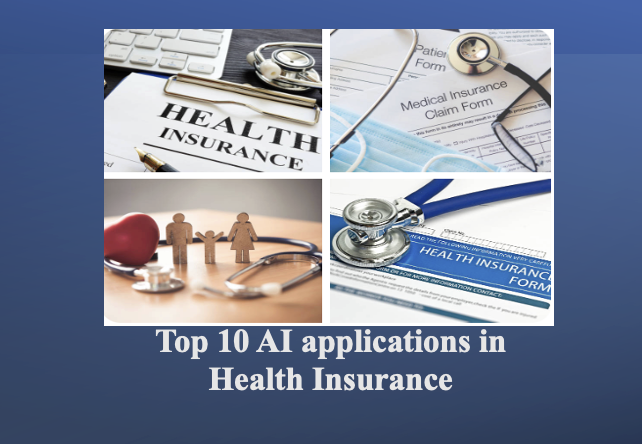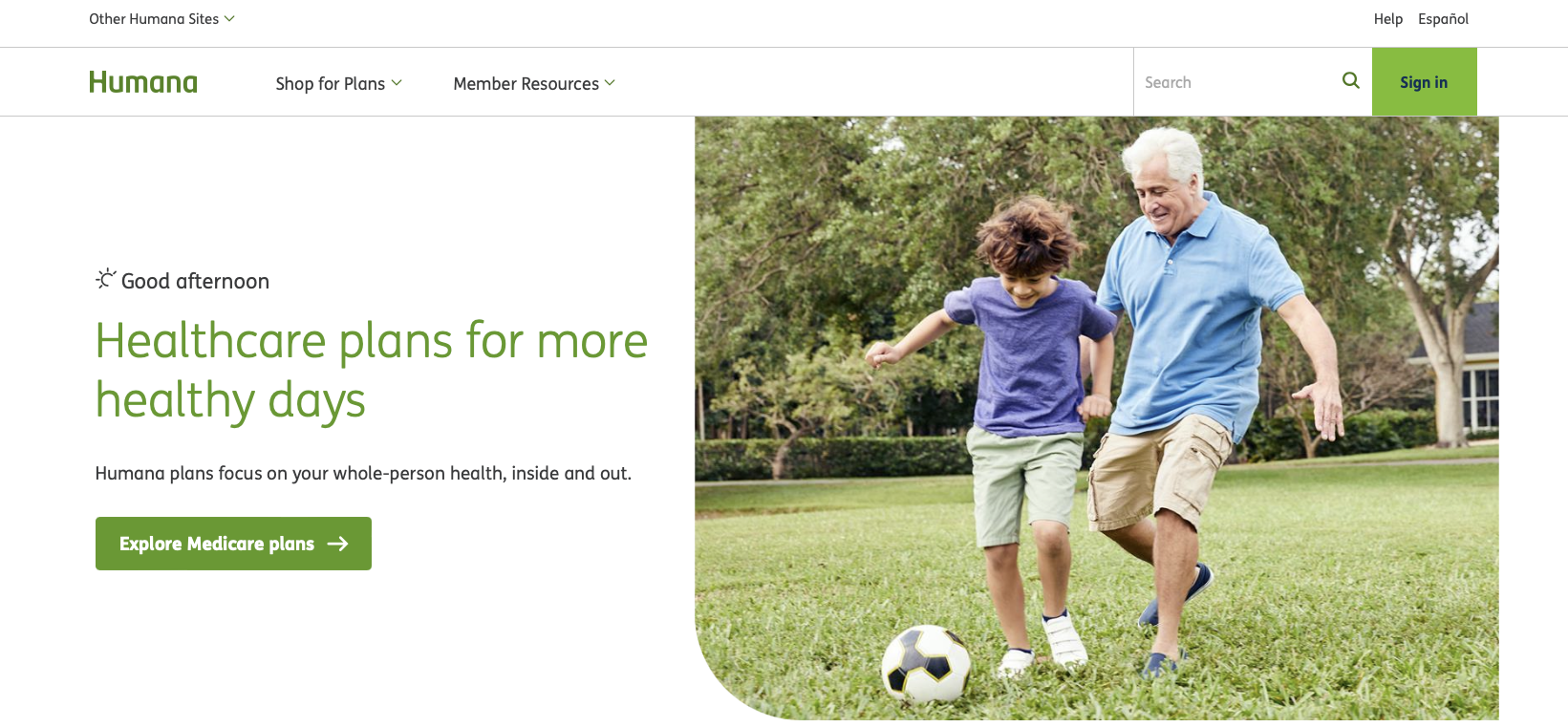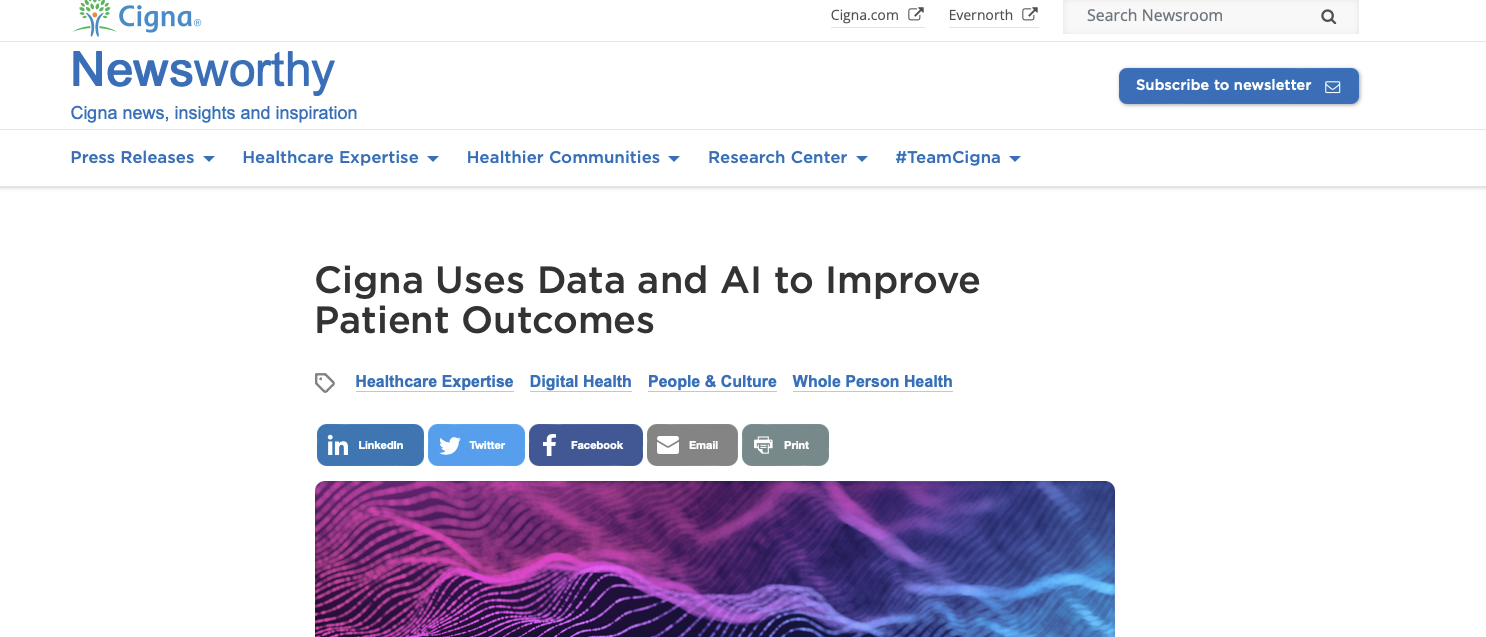Health Insurance: Top 10 AI applications in Health Insurance
Artificial intelligence (AI) is transforming a variety of industries, including health insurance. AI-based technologies are used in several ways in the health insurance industry, from underwriting to claims processing to fraud detection etc. In this article, we will look at the top ten ways AI is used in health insurance. We will highlight the possible benefits of these applications. Let's delve into it.
1. Underwriting: To identify the risk profile of potential policyholders, AI-based systems are analysing claims data, medical records, and other pertinent information. This enables faster and more accurate underwriting choices, saving time and money in the process.
Example
Insurance companies, such as John Hancock, employ predictive analytics to underwrite life insurance plans. Data from wearable devices, including activity trackers, is used by the company to examine the health and lifestyle of potential policyholders and determine the probability of mortality.
2. Claims processing: Artificial intelligence-based technologies are being utilised to automate the claims processing process, decreasing the need for manual review and allowing for faster claim clearance. This can result in higher customer satisfaction and lower administrative costs.
Example
UnitedHealthcare uses AI technology to automate the claims review process. The company employs artificial intelligence-based technology to assess claims and decide the appropriate level of reimbursement, minimising the need for manual review and allowing for faster claim clearance.
3. Fraud detection: Artificial intelligence-based systems can be trained to detect trends and abnormalities in claims data that may suggest fraudulent conduct. This can assist insurers in detecting and preventing fraud, potentially saving them millions of dollars in damages.
Examples
Anthem Inc. used AI-based fraud detection technology to detect fraudulent activities in its claims data. The company employs machine learning algorithms to detect and prevent fraud by identifying trends and abnormalities in claims data that may suggest fraudulent conduct.
4. Predictive modelling: AI-powered systems can examine claims data and other pertinent information to forecast the likelihood of future claims. This enables insurers to proactively manage their risk and take efforts to avoid claims.
Example
Humana uses AI-based predictive modelling to predict the likelihood of future claims. The company analyses claim data and other pertinent information with machine learning algorithms to anticipate the likelihood of future claims, allowing them to manage risk more proactively.
5. Personalized pricing: Individual policyholder data, including demographics and health history data, can be analysed by AI-based systems to generate customised pricing for their policies. This may result in more equitable and accurate pricing for policyholders.
Example
Oscar Health's usage of AI-based personalised pricing technology to determine personalised pricing for its plans is an example of AI-based personalised pricing. To calculate customised pricing for their insurance, the company employs machine learning algorithms to examine data on individual policyholders, such as demographics and health history.
6. Medical diagnosis: AI-powered systems can aid medical personnel in diagnosing and treating ailments. This can result in better patient outcomes and lower healthcare expenses.
Example
The application of IDx's technology to assist in the diagnosis of diabetic retinopathy, a disorder that affects the eyes of persons with diabetes, is an example of AI-based medical diagnosis. The Startup analyses retinal scans and provides a diagnosis using an AI-based method, removing the requirement for human expertise.
7. Population health management: AI-powered systems may evaluate population-level data to uncover patterns and trends that can be utilised to inform public health policy and actions.
Example
Optum's use of AI technology to analyse population-level data to find patterns and trends that might drive public health policies and actions is an example of AI-based population health management.
8. Medical imaging: AI-based systems can be used to evaluate medical pictures like X-rays and CT scans to help in disease diagnosis and therapy.
Example
The application of Zebra Medical Vision's technology to assist in the diagnosis and treatment of ailments using medical images is an example of AI-based medical imaging. To aid in the diagnosis and treatment of ailments, the company use AI-based algorithms to evaluate medical imagery such as X-rays and CT scans.
9. Clinical decision support: AI-based solutions can deliver real-time, evidence-based suggestions for patient care to clinicians. This can result in better patient outcomes and lower healthcare expenses.
Example
IBM Watson Health's use of AI-based clinical decision support technology to give clinicians real-time, evidence-based recommendations for patient treatment is an example of AI-based clinical decision support. The technology analyses data from electronic health records using machine learning algorithms to give physicians recommendations for patient care.
10. Chatbots and virtual assistants: AI-based solutions can be utilised to give customers with information and help 24 hours a day, seven days a week via chatbots and virtual assistants. This has the potential to increase customer satisfaction while decreasing the requirement for human customer support employees.
Example
Cigna, for example, uses AI-based chatbots and virtual assistants to provide consumers with 24/7 access to information and help via chatbots and virtual assistants. To answer consumer questions and provide support, the company employs AI-based chatbots and virtual assistants, minimising the need for human customer service employees.
Conclusion
AI is being applied in the health insurance market in a variety of ways, from underwriting to claims processing to fraud detection. These applications have the potential to improve efficiency, reduce costs, and raise customer happiness. As AI technology progresses, we may see more applications in the field of health insurance. It is critical to emphasise, however, that with any new technology, there are potential risks and hurdles that must be assessed and handled. Artificial intelligence's ethical, legal, and societal implications in health insurance should be carefully explored and addressed.





